The terminology “Owned, Earned & Paid Media” have become very popular in recent times, as new types of media start to emerge. Brands no longer only possess the owned media (as in the past), but they also have earned & paid media.
In fact, they can be applied as a whole by digital marketers to classify and ultimately prioritize all of the available media options. Online marketing is no longer a single-strategy game. As the digital landscape becomes increasingly complex, these types of media are beginning to converge. Marketers have to understand and master the trio – owned, earned, and paid media, and at the same time, able to integrate a well-rounded, converged media strategy.
Before getting into the specifics of a converged media strategy, it is vital that we should understand the meaning of owned, earned & paid media.
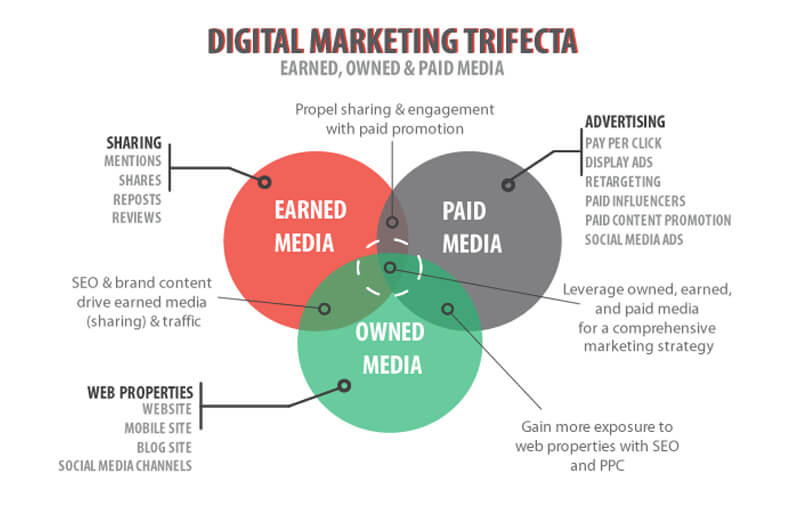
Owned Media
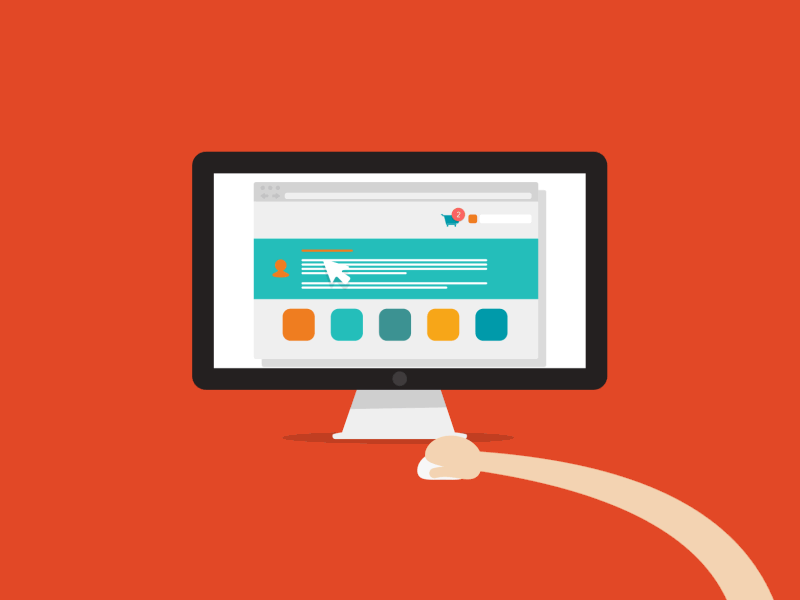
The owned media is unique media channels created and owned entirely by brands. One of such examples is a website, although blogs and social media channels (Facebook page, a LinkedIn page, YouTube Channel, etc.) are other examples of owned media too. However, channels like social media and blogs are sub-extensions of the website, while all three channels are extensions of the brand.
As brands increase the number of owned media properties, they can extend their brand presence across the digital sphere, reaching out to more audiences.
Earned Media

The earned media is a channel that allows customers and the public to share content and discuss. If an owned media is the destination, the earned media would be the vehicle that brings traffic to that destination. That is why the earned media plays a crucial role towards traffic directing. It draws the attention of your potential customers, turning them into brand advocates and influencers. These people will help in pushing your brand before the eyes of others, creating a chain reaction effect.
Earned media is essentially the online version of “word-of-mouth” – usually seen in the form of shares, reposts, reviews, or content picked up by publishing sites.
Paid Media
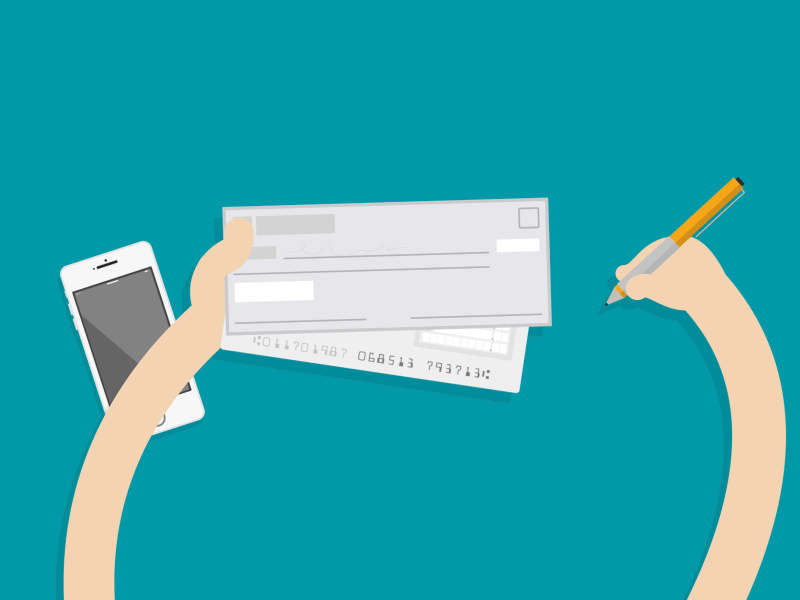
The paid media is a channel where marketers acquire through payments. Some examples are AdWords, display ads, social media promotions, etc. It is a good way to push content to the target audience, hence driving the earned media, as well as providing traffic to owned media properties.
There used to be a time when digital marketing was dominated by paid media. But times have changed, and people have gone beyond responding to promotional messages and clever commercials.
Integration of Channels
While each of these elements are essential to a digital marketing strategy, the real power is when digital marketers can integrate two or more of these channels into one campaign.
The convergence of media is also a sign for digital marketers to adopt a more holistic approach when implementing their marketing strategy.
As the mindset of the consumers begins to evolve and change, marketers have to level up their gameplay too. Focusing on solely one channel is simply not sufficient for most brands, as competitors are embracing the trio and formulating integrated marketing strategies.
The truth is: in today’s digital marketing landscape, they either work together, or they do not work at all.
Overnight the digital age had changed the course of history for our company. Everything that we thought was in our control no longer was. But within a year we had invested in social media and digital experts. Now Starbucks is the number one brand on Facebook.
Howard Schultz (CEO of Starbucks)
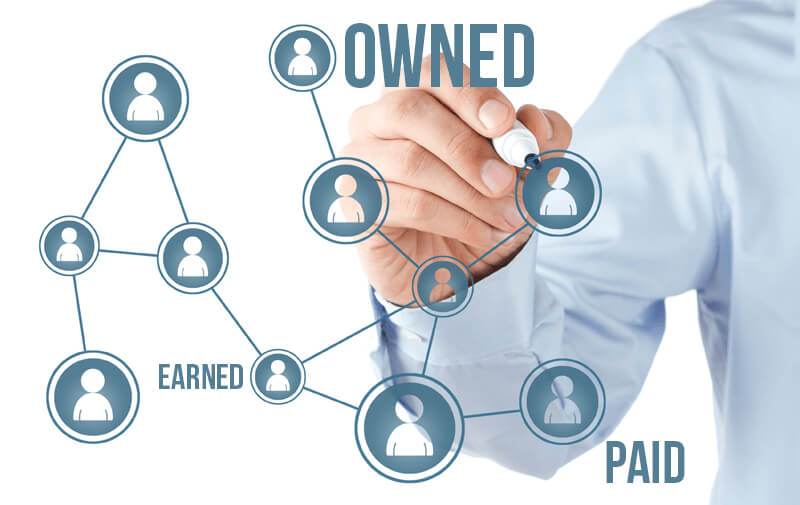
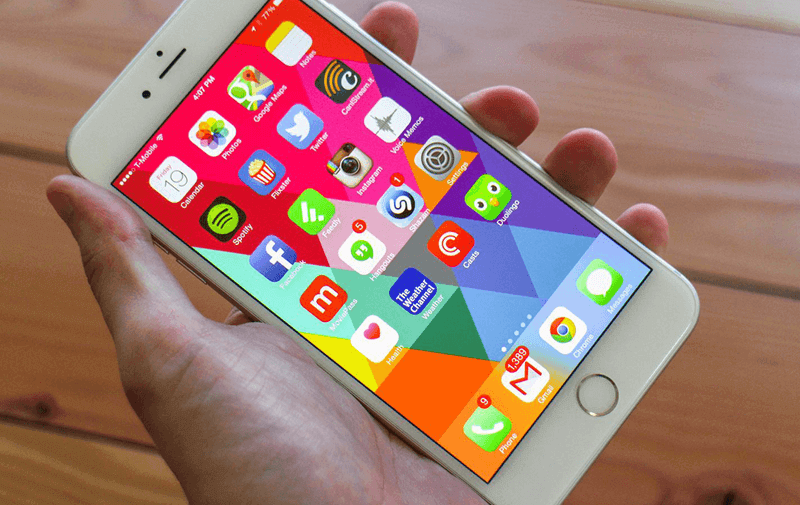
![Seven Knights [iOS / Android] : “Hands-Free” MMORPG](https://www.techedt.com/wp-content/uploads/2015/10/Seven-Knights-Review.png)


